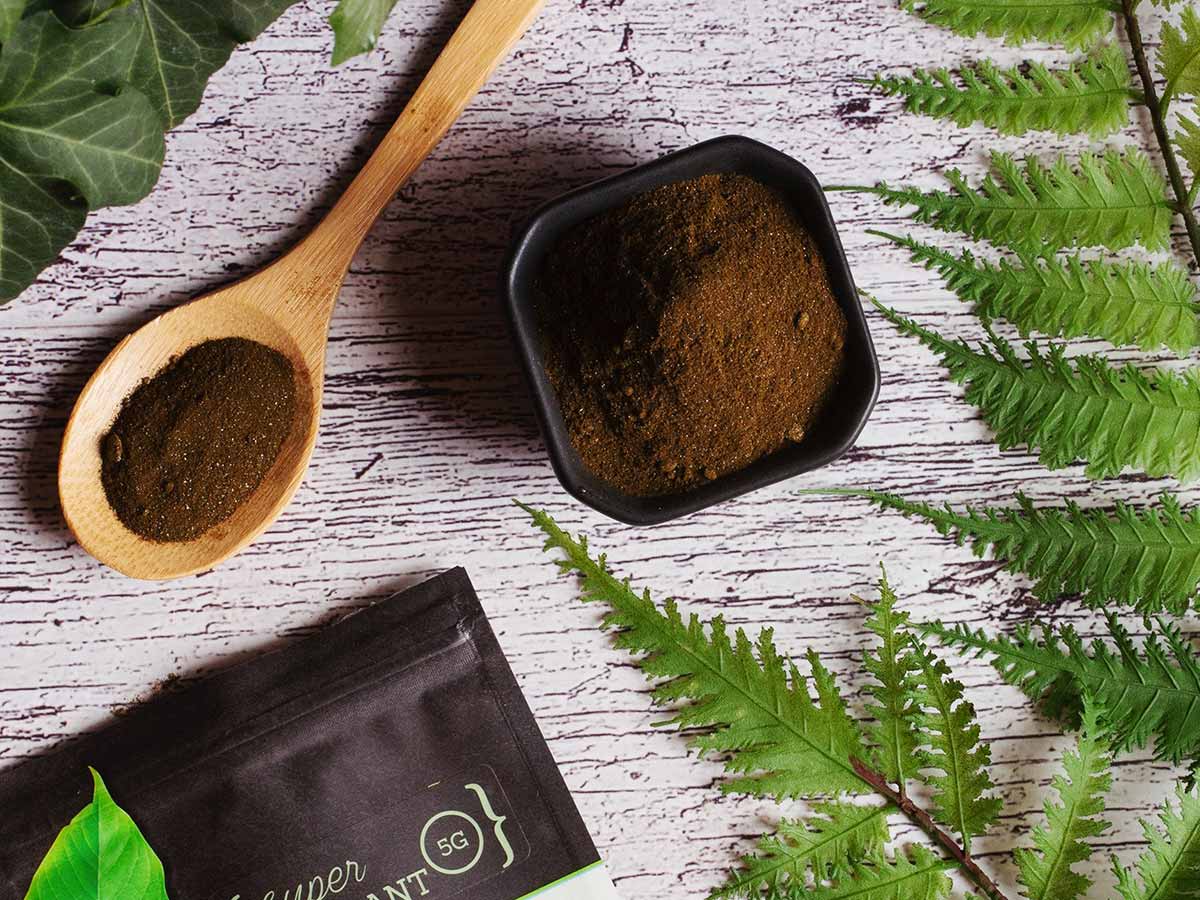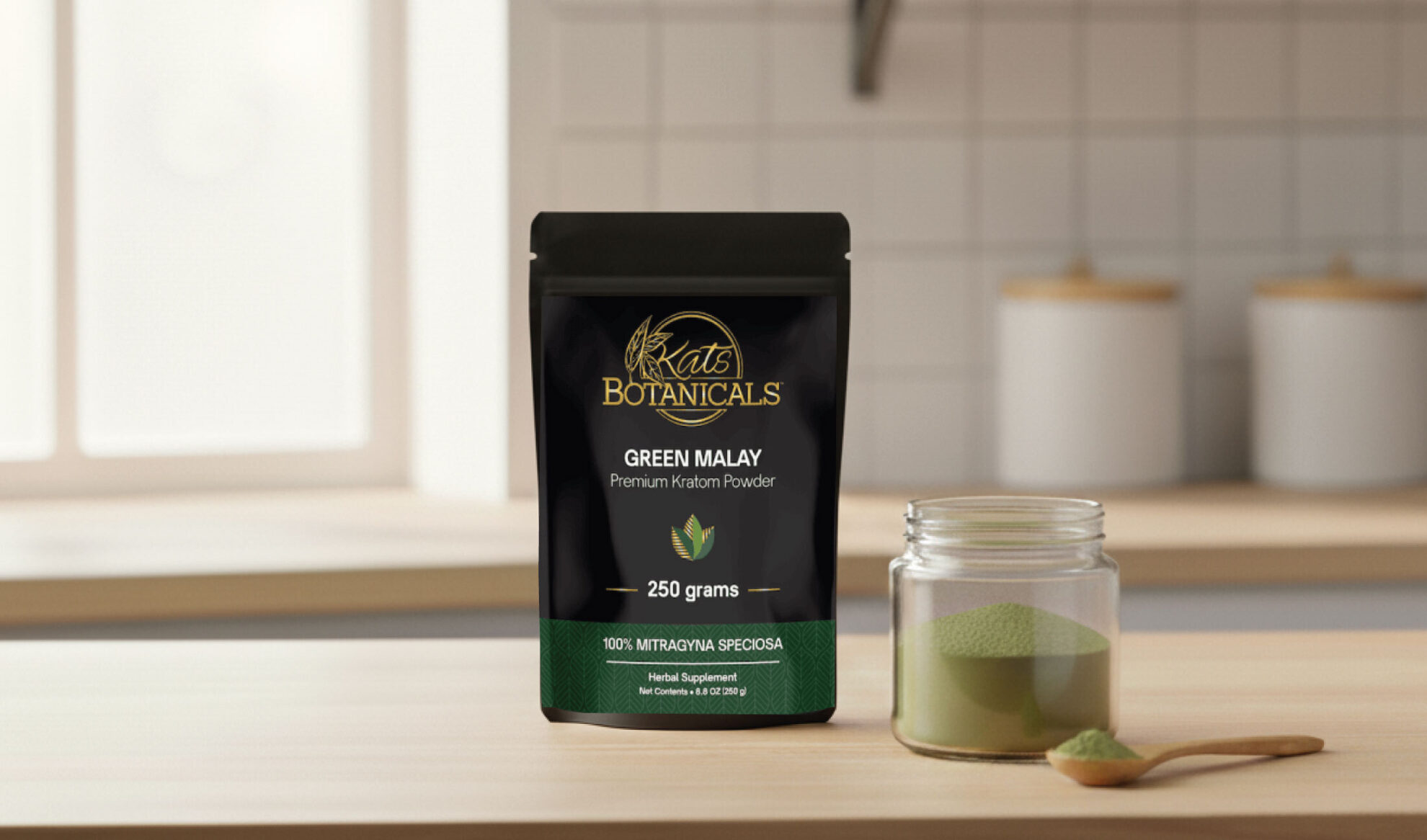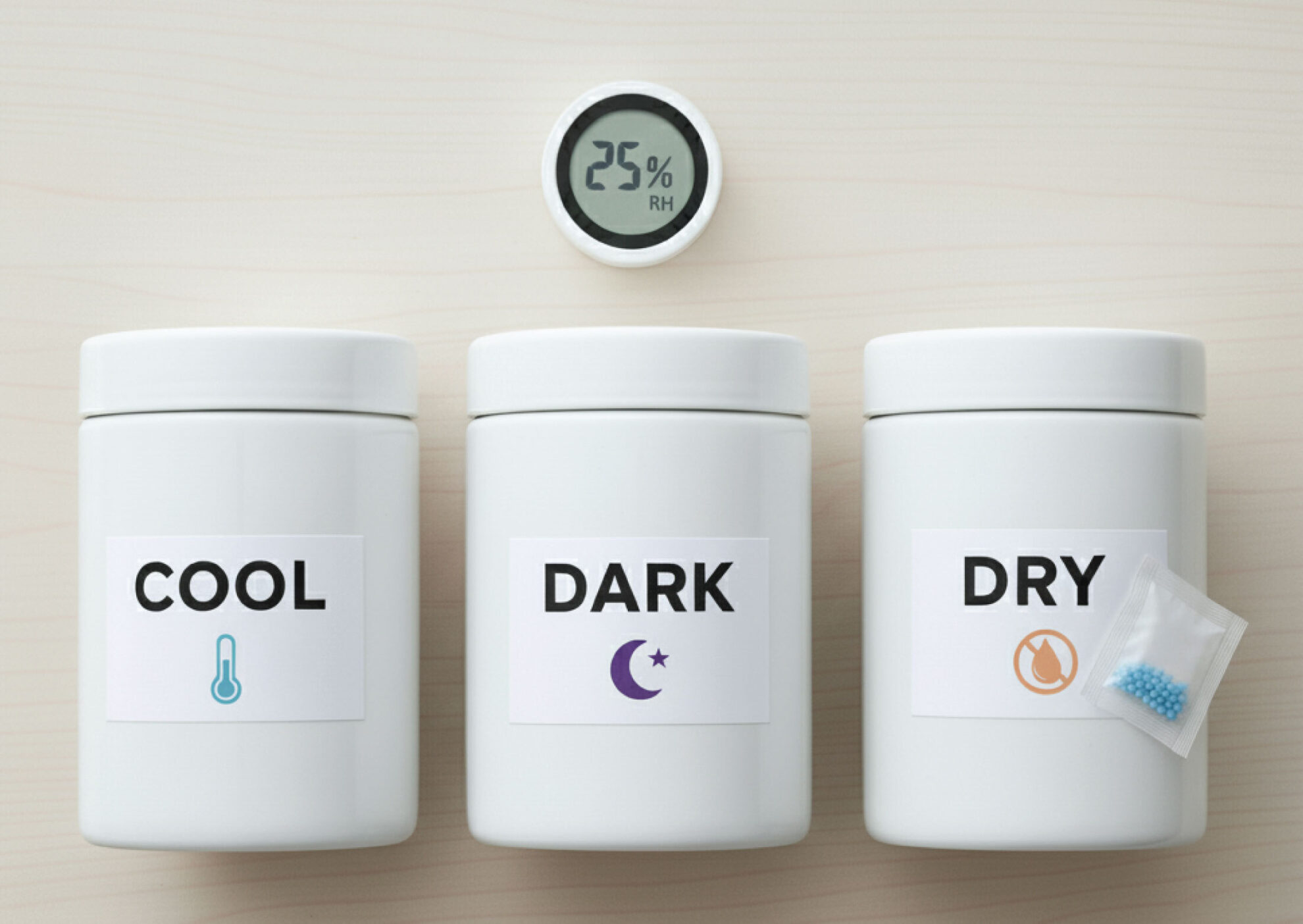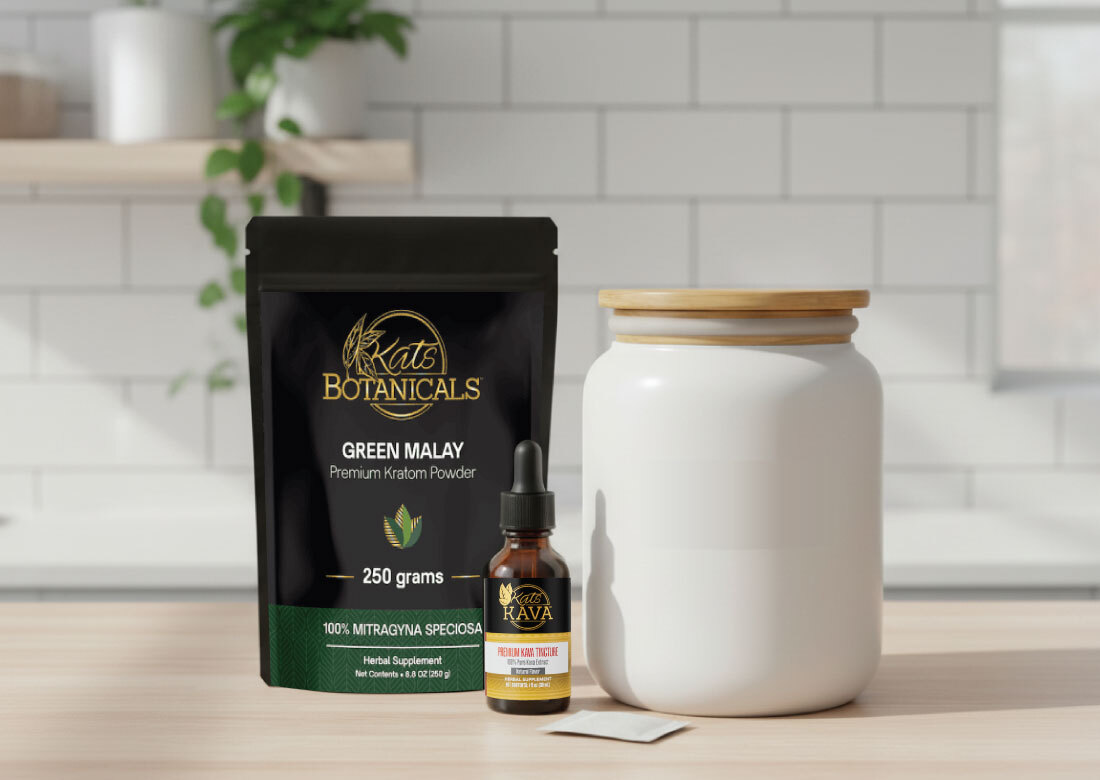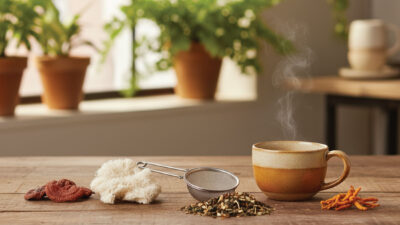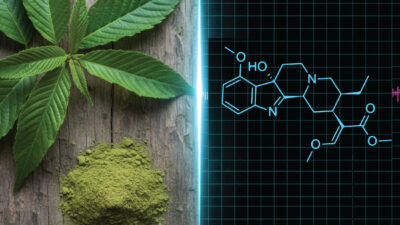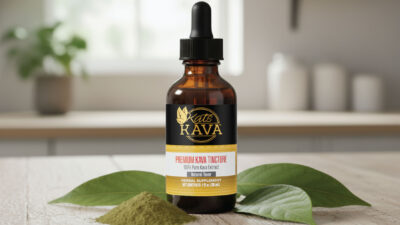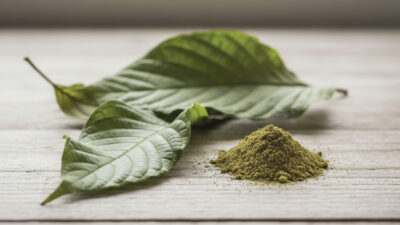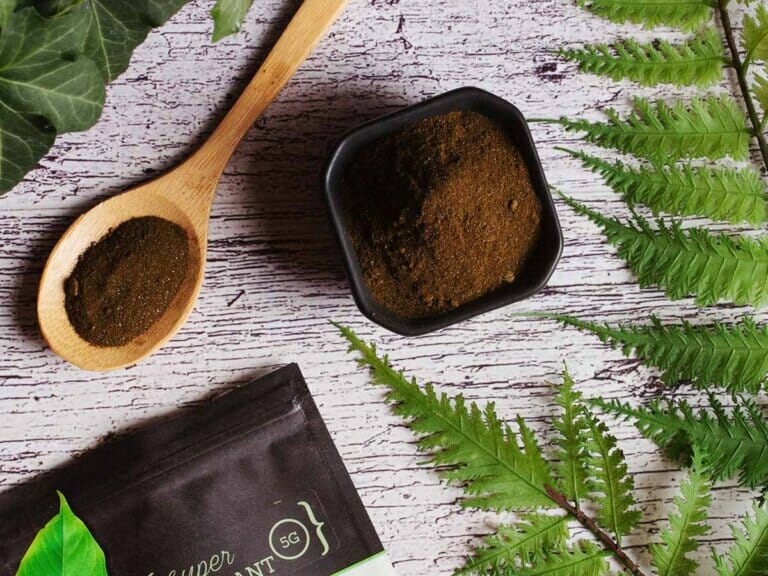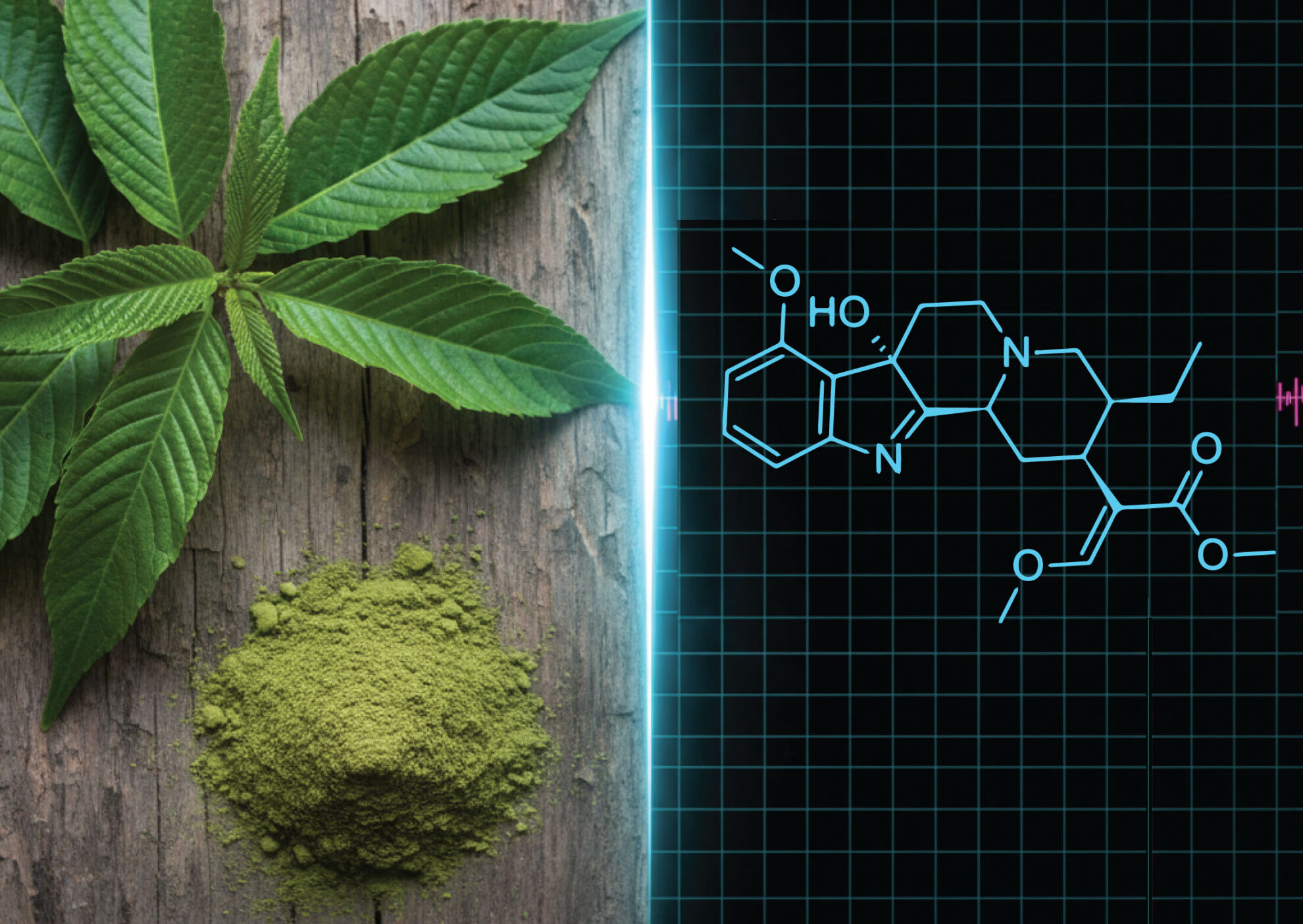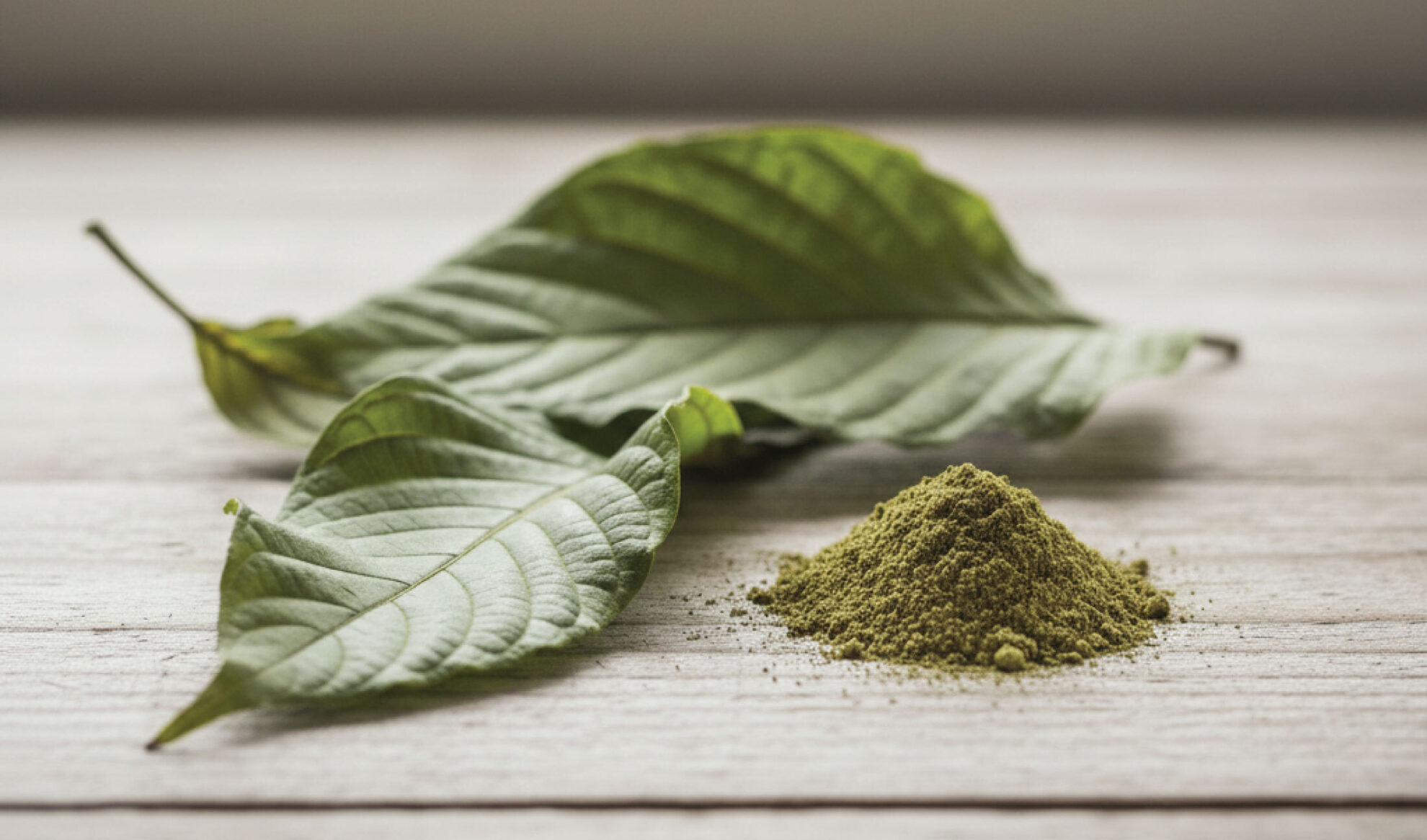Kratom farmers from Southeast Asia have experimented for over 200 years with the cultivation of Kratom. These practices, plus centuries of traditional use, mean there’s a lot to be learned here about how to work with Kratom.
But not just how we use Kratom for wellness, but how we take care of our products. Proper Kratom storage can extend its vitality and freshness. The types of containers we use, temperature, and humidity all matter to how long Kratom can last.
Does Kratom expire? Well, yes, it can. But it’s less about a strict expiration date and more about noticing changes in color, smell, and texture. By understanding how to store Kratom properly, you can keep it fresh and potent for months and make the most of your purchase.
Does Kratom Expire?
Store powder or Kratom capsules in a cool, dark, dry, airtight container, or in their original packaging. With a desiccant, they usually stay at peak potency for 6 to 12 months. Kratom extracts and edibles last for different lengths of time depending on their packaging and ingredients.
Important note: Heat, light, moisture, and air can accelerate the breakdown of alkaloids. Any mold or strange odors mean you should discard the product immediately!
Kratom Shelf Life by Form
| Form | Typical Shelf Life (Optimal Storage) | Store It Like This |
| Powder | ~6-12 months | Original airtight pouch/jar + desiccant; cool, dark, dry |
| Capsules | ~6-12 months | Same as powder; keep sealed; avoid high heat |
| Extracts (liquid/resin) | ~6-12 months (label dependent) | Tightly capped; avoid light/heat; follow label instructions |
| Gummies/Edibles | ~3-6 months (label dependent) | Cool, dark; avoid hot cars/sun; seal after opening |
| Shots | See label (often ≤6-12 months unopened) | Keep sealed; avoid heat/light; refrigerate if label states |
Ranges are general; always defer to product label & batch testing.
Why Freshness and Lab Testing Matter
Kratom shelf life is closely tied to product quality. Look for vendors who follow the American Kratom Association’s standards. The AKA sets a high bar for Kratom products, guiding vendors on how to be safe and produce better products. Learn more about the American Kratom Association (AKA) and what they’re doing to help improve the quality of products across the entire Kratom industry.
Also, look for batch-specific Certificates of Analysis (COAs). Kat’s Botanicals publishes lab results for every product so you can see when it was tested and how it was stored.
What Makes Kratom “Expire”? Potency vs Safety
Does Kratom go bad? And what is meant by “expiring”?
This usually addresses two things: potency loss and safety concerns. Both are important to your safe and enjoyable Kratom experience.
Why Kratom Loses Potency
Alkaloid degradation is the main reason Kratom loses strength. The key compounds, mainly Mitragynine and 7-Hydroxymitragynine, naturally break down over time. This lowers potency but does not automatically make the product unsafe. Proper storage slows this process and keeps it fresh longer.
Safety vs Staleness
How do you know when the Kratom is going bad rather than just losing some strength? Look for discoloration, growths, or odors that may indicate mold, mildew, or other contamination. Also, look for clumping, wetness, or a musty smell in the product. If you see any of those things, discard the product and buy Kratom products online from verified vendors.
Factors That Shorten Kratom Shelf Life
Kratom can lose potency faster when exposed to certain conditions like heat, light, moisture, and oxygen.
Heat
Research shows that Kratom storage temperatures can affect shelf life. Temperatures above 77°F (25°C) speed up the breakdown of alkaloids. Avoid storing Kratom in hot cars, near heaters, or in warm garages.
Light
UV rays from sunlight degrade Kratom compounds over time. Even clear containers indoors can let light slowly weaken potency.
Moisture
High humidity, condensation, or water exposure encourages mold and bacteria. Wet Kratom can go bad in days instead of months.
Oxygen
Repeatedly opening containers or using poor seals lets air in, which oxidizes alkaloids and reduces potency.
Other Risks
These factors can make all of the above worse and shorten shelf life:
- Poor packaging
- Dirty scoops
- Fluctuating temperature or humidity
Kratom is often mixed into recipes, which creates a perishable solution that must be stored properly. Learn more about mixing and storing Kratom recipes and beverages.
How to Store Kratom Correctly (Step-by-Step)
Follow these storage steps to maximize Kratom shelf life:
- Use original airtight packaging. Keep your Kratom in its original, airtight, resealable packaging. Or in an opaque container with a desiccant pack. This limits oxygen and moisture, slowing alkaloid loss and preventing mold.
- Store in cool, dark, dry conditions. Keep Kratom in a stable environment around 60–75°F. Relative humidity should stay below 60% to reduce the risk of mold. Store containers in a dark place to avoid light exposure. Avoid kitchens, bathrooms, garages, or anywhere with temperature and humidity fluctuations.
- Handle refrigerator or freezer storage carefully. Refrigerated or frozen Kratom should be brought to room temperature before opening. This prevents condensation from forming inside the packaging.
- Use clean, dry measuring tools. Clean tools will prevent contamination. Reseal the Kratom packaging immediately after each use. Log the opening date on your package to track freshness.
Pro Tip: Split bulk purchases into smaller, sealed portions to limit oxygen exposure each time you access your supply. This keeps most of your Kratom fresh while you work through smaller amounts.
Storage & Labeling Best Practices Checklist
Use the following checklist to review your current Kratom storage area:
- Airtight containers (original packaging preferred)
- A desiccant pack in each container to absorb moisture
- Cool, dark storage area (pantry temperature)
- Dry environment away from humidity sources
- Clean measuring tools for each use
- Immediate resealing after access
- Clearly label containers with product name, date opened, and “Not for Children”
Kratom Shelf Life by Form
Different Kratom products don’t all age the same way. Shelf life depends on form, ingredients, and storage conditions. Use this chart as a quick reference for how long each type typically lasts and how to keep it fresh.
| Form | Typical Shelf Life | Storage Notes |
| Powder | 6–12 months | Store in airtight container, cool/dry place. Flexible for portion control. |
| Capsules | 6–12 months (may degrade faster) | Gelatin shells are more sensitive to humidity. Keep sealed and dry. |
| Extracts (liquid, resin, powder) | Varies by type (check label/COA) | Keep liquids capped, away from heat/light. Powders follow regular powder rules. |
| Gummies & Edibles | 3–6 months | Sensitive to heat/sun. Seal tightly after opening. |
| Kratom Shots | 6–12 months unopened (see label) | Do not freeze glass bottles. Store cool/dark. Refrigerate only if instructed. |
Always check your product’s packaging and batch-specific COA. Shelf life can vary by brand, ingredients, and storage method.
Learn more about the Best Types Of Kratom: Which Strain Of Kratom Is Right For You?
How to Tell If Your Kratom Has Gone Bad
When it comes to keeping your Kratom fresh, discernment gets easier with practice. Paying attention to the condition of your Kratom means a better experience, and potentially a safer one.
Discard Kratom immediately if you notice:
- Visible mold (fuzzy growth, usually green, black, or white)
- Wet clumps or moisture inside the package
- Color that has darkened unevenly throughout the product
- Rancid, musty, or otherwise unpleasant odors
- Compromised packaging seals
- Unknown storage history from unreliable sources
Signs your Kratom may just be stale:
- Normal appearance and smell, but weaker effects than usual
- Product past its labeled expiration date but showing no contamination signs
When in doubt about Kratom freshness, it’s better to replace questionable products. Contaminated products may present unpredictable risks.
Did you know? Product freshness can affect your dosing. If you’re using outdated products, the standard Kratom dosing guidelines may provide weaker results over time. Sometimes, a fresh batch or a strain rotation with fresh product is all you need, rather than a higher dose.
Do Expiration or “Best By” Dates Matter?
Kratom expiration dates are set by (and can vary by) the manufacturer. These guidelines are based on stability testing, but they don’t tell the whole story. Expiration dates make some key assumptions. Assuming average storage conditions, peak potency is estimated.
Some Kratom vendors use accelerated aging tests, while others base dates on ingredient stability data. Smaller vendors may use industry-standard timeframes rather than product-specific testing. See our guide to finding the best Kratom vendors online.
Real-world shelf life often exceeds printed dates. This means that if you store your Kratom properly, you may get more life out of a batch. Properly stored Kratom may remain potent months after the printed date.
Check your COA (Certificate of Analysis) for batch-specific information. This can tell you about alkaloid content and testing dates, presenting a product-specific time frame.
Since Kratom is sold under largely unregulated conditions, your product may not have an expiration date printed on the label. If this is the case, use industry averages and conduct routine examinations of your products’ freshness.
Learn how to read Kratom lab test results.
Disposal: How to Safely Dispose of Old Kratom
Sometimes you have to discard a Kratom product, and this should be handled with the same care as medications. You do not want to inadvertently give access to children, for example. When you need to discard expired or contaminated Kratom, follow these safety steps:
- Keep out of reach: Ensure children, pets, and wildlife cannot access discarded Kratom. Do not dump outdoors or into a body of water like a river or pond.
- Household trash (powder): Mix with used coffee grounds or cat litter before disposal.
- Household trash (liquids): Dilute with water and follow local waste guidelines.
- Avoid flushing: Do not flush large amounts down toilets or drains. Small, diluted amounts may be acceptable.
- Outdoor burial: As an alternative, bury in a low-traffic area after mixing with soil or organic matter.
Composting Kratom Powder
Yes, you can compost organic Katom powder, which essentially is dried, ground leaves.
- Small amounts only: Kratom leaves are rich in alkaloids, which are nitrogen-based compounds. In large quantities, they could throw off your compost’s balance.
- Mix well: Blend kratom with carbon-rich materials (dry leaves, cardboard, straw) to keep the compost from going “hot” or smelly.
- Avoid commercial extracts: If what you’re discarding is a concentrated extract rather than raw leaf or powder, it’s better not to compost, as these may contain solvents or additives.
Proper disposal not only protects your household and the environment but also reduces the risk of accidental exposure. With that covered, let’s look at some common questions people have about Kratom shelf life and storage.
Kratom Expiration FAQs
Yes, Kratom expires as its alkaloids naturally degrade over time. Proper storage extends shelf life to 6-12 months for most forms.
Kratom powder typically maintains peak potency for 6-12 months. For best freshness, store your Kratom products in cool, dark, dry conditions in airtight containers. Importantly, buy only high-quality, lab-tested Kratom powders for best results.
Expired Kratom without visible mold or contamination is usually just weaker, not dangerous. However, moldy or wet Kratom should be discarded immediately.
Yes, but bring sealed containers to room temperature before opening to prevent condensation. This prevents moisture from damaging your supply.
Original packaging, when well-made, is optimal. You could also use opaque, tightly-sealed packaging or vacuum-sealed bags with desiccants. Mason jars are also a popular choice, but include a desiccant, and be sure to store them in a dark area.
Look for mold, unusual odors, wet clumps, or significant color changes. Fresh Kratom has an earthy smell and uniform appearance.
Generally no. Online Kratom gummies and liquid extracts – like these Kratom Kava Shots for sale – typically have shorter shelf lives (3-6 months). This is due to additional ingredients and different packaging requirements.
Final Thoughts
Kratom shelf life depends on keeping its alkaloids safe from heat, light, moisture, and oxygen. Store it in a cool, dark, dry place in airtight containers with desiccants, and most products should hold their potency for 6 to 12 months.
Quality starts with buying fresh, lab-tested Kratom from trusted vendors. At Kats Botanicals, we prioritize high-quality Kratom products produced in cGMP-certified labs to provide transparency and trust to all customers. Each batch has a corresponding COA, and the packaging is designed to keep your Kratom fresh.
Whether you choose powder, capsules, extracts, or edibles, proper storage helps you get the most out of every purchase!
Disclaimer: This content is for educational purposes only and does not provide medical advice. Kratom products are for adults 21+ in areas where it is legal. Store safely away from children and pets. Always review local laws before purchase.

